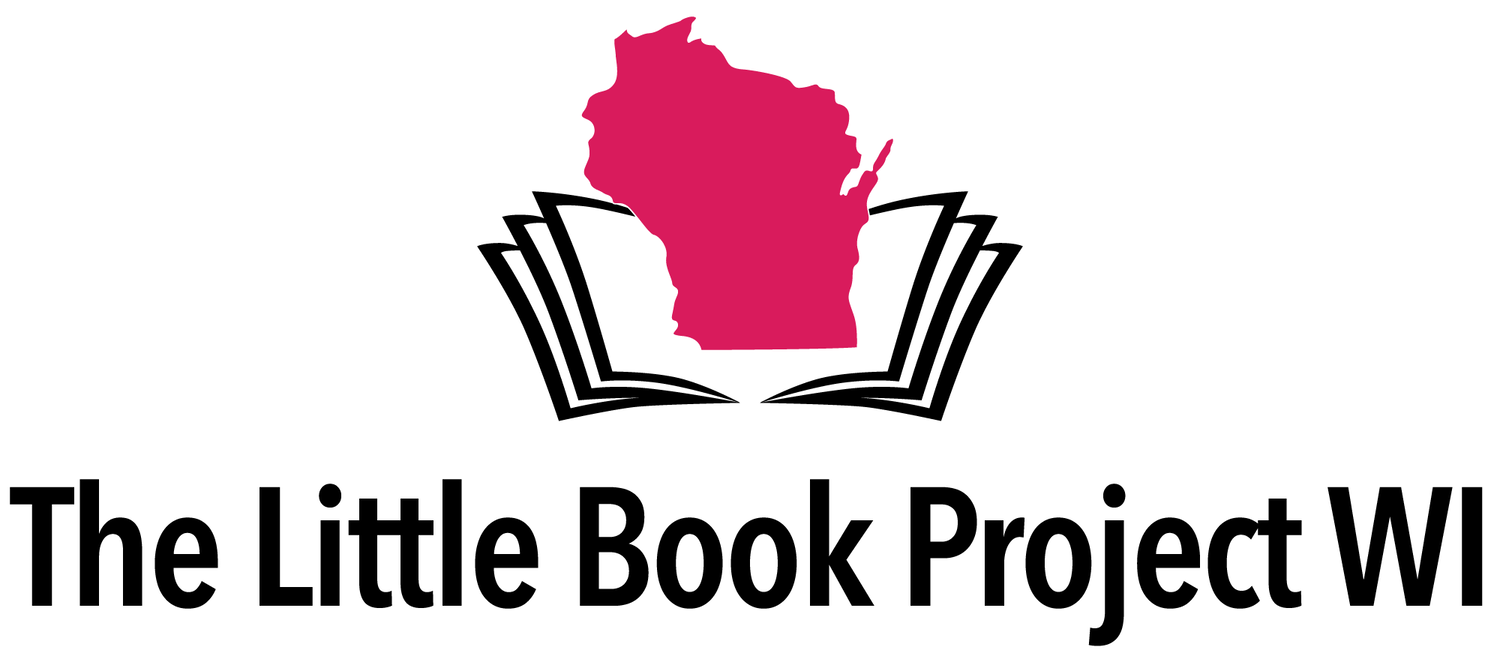Artist Profile: Max Puchalsky
Solarpunk Surf Club (USA, est. 2019). Græn R∞m (Graen Room). 2019-20. Domestic environment and biblio-installation, dimensions variable. Courtesy the artists. Installation view at the Diane Endres Ballweg Gallery, Madison Central Library, Madison, Wisconsin, 2019.
Max Puchalsky is a cultural worker, educator and organizer involved in a range of projects that reflect his interest in new media and engagement with local community issues. He received a Master of Fine Arts from the University of Wisconsin–Madison and has taught digital arts in the UW Art Department and at the Bayview International Center for Education And The Arts. Max is currently the Creative Director at Midwest Story Lab; a member of the arts collective Solarpunk Surf Club; and serves on the Board of Directors at Arts + Literature Laboratory.
1) How have the events of 2020 impacted your artwork?
I graduated from my MFA program in spring 2020 just as COVID-19 cases were skyrocketing. The university shut down and classes went virtual; including the digital arts labs where I was teaching. It was a disorienting and anticlimactic ending as most of my cohort’s shows were postponed and commencement took place online. I continued teaching online over the summer as the waves of protests hit in response to the killings of George Floyd, Breonna Taylor, Jacob Blake, and other Black Americans. Because I live with someone who is immunocompromised, we made the difficult decision to support from home—donating to bail funds and mutual aid projects. The disjuncture of living through a pandemic while carrying on with mundane tasks and teaching duties has been strange; and often, downright depressing. But care for my students and the support of my loved ones sustains me through the most difficult times.
Now I run digital arts classes with Arts + Literature Laboratory and the Bayview International Center for Education and the Arts. Nobody pretends online classes is an adequate substitute for in-person learning. I’m grateful my students and I are safe and that digital media translates to virtual environments better than many subjects. I find it sustaining to view this time as one of input—reading, looking, listening, and reflecting. Although my technical expertise is in digital media, my graduate research moved towards social practice and collaborative working arrangements. Amalgamating people in physical space is a necessary means and end of this kind of work, but the COVID-era has forever changed our perspective on this, with profound implications for artists who prioritize relational aesthetics.
2) What advice do you have for those struggling to make a living wage solely from creative endeavors?
With the increasing prevalence of irregular and exploitative creative ‘gig’ work, the adjunctification of higher education; rising rents and costs of living; and decreasing public funding for the arts (all of which are taking place within the context of interlocking global economic, social, and ecological crises), the trendlines are—to put it mildly—not looking good. There may be room yet for those with extensive patronage networks or the lucky few who land tenure-track teaching positions, but the reality is most artists working under capitalism will not be able to meet their basic needs through their creative practice alone.
My advice would be to ground yourself in a real community and work from that position to articulate people’s lived realities and social aspirations. Through this process, you can form the solidaristic bonds and mutual aid networks not only to survive in the short-term, but also to play your part in an international movement of grassroots, democracy-building at the local level that will be necessary to realize and sustain a free and ecological society.
3) How do you personally continue to grow as an artist?
Coming up in digital arts, I grew accustomed to the ever-shifting landscape of technology which requires the constant learning of new tools, software, equipment, programming languages, etc. This constant balance between novice and expertise has instilled within me curiosity and openness to new experience.
As previously mentioned, I am in an "input or research-oriented phase, as opposed to an output or production-oriented one. Currently I am drawing inspiration from Social Ecological theory; Solarpunk literature and aesthetics; and internet memes on Discord servers and Subreddits. I am also always heavily influenced by what my peer artists and collaborators are working on—from documentary films and social upcycling projects to visionary fiction and livestream performances.
4) Give an example of an "artistic collaboration" you're currently involved with.
Collaboration has been a central current of my work. In my final year of MFA studies, I co-founded Solarpunk Surf Club, an arts collective that creates egalitarian platforms for surfing the waves of still possible futures. Our first public project (“Graen Room”) took the form of a public living room at the Madison Central Library for visitors to read, rest, play and socialize. Before the pandemic, we were hoping for it to travel to other libraries, but now that process is on hold. The work feels all the more precious, given the closure of public spaces and sense of isolation we are currently enduring.
I am also working with Borealis on a municipal arts project called “Here + Elsewhere.” The project aims to build community around the educational project of generating and gathering people’s ideas for the redevelopment of the East and West Towne shopping mall areas. We are particularly interested in urban designs that address human and environmental needs rather than the demands of capital. However the project is facing a similar challenge of transposition to the COVID-era: “How can we create meaningful interaction through distance and practice care in the virtual?”

